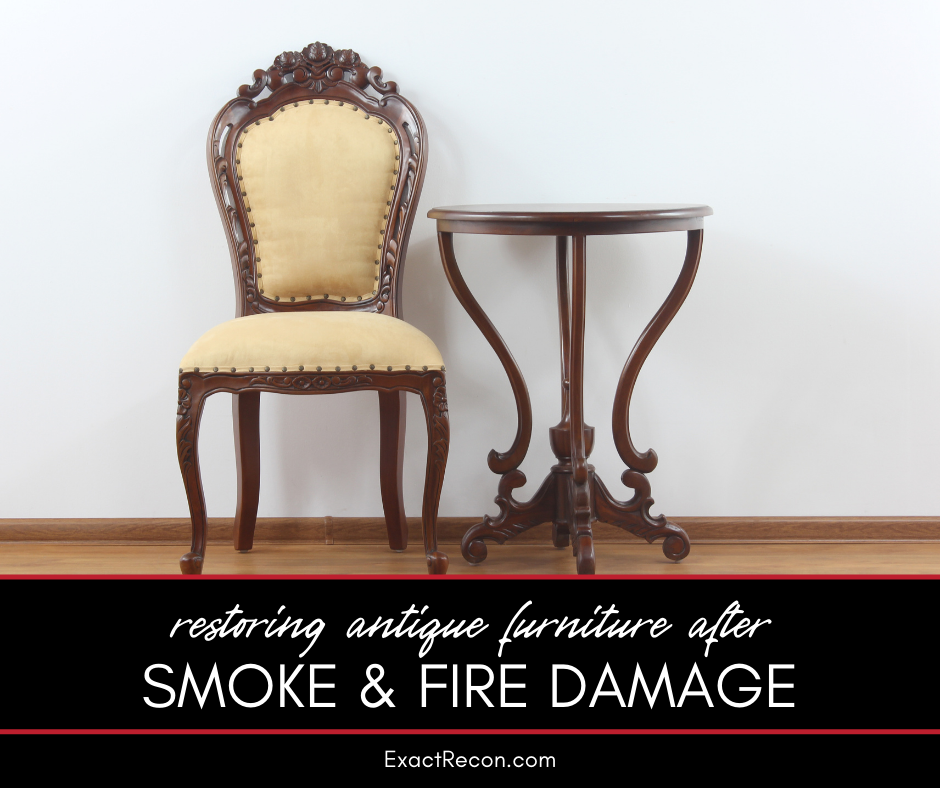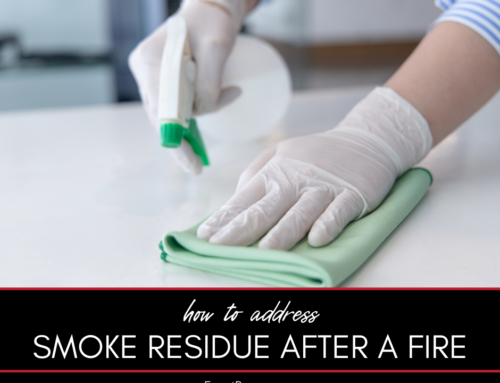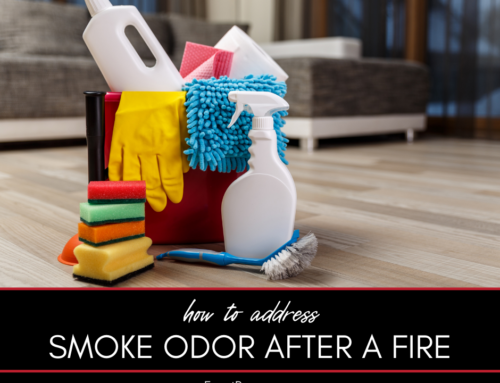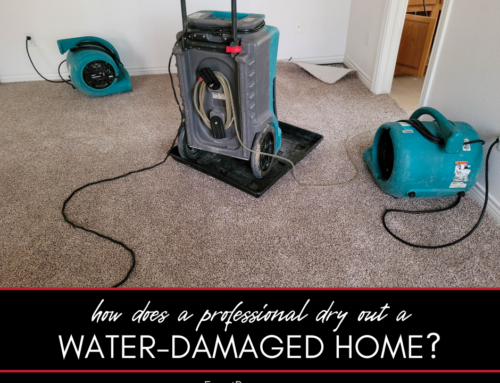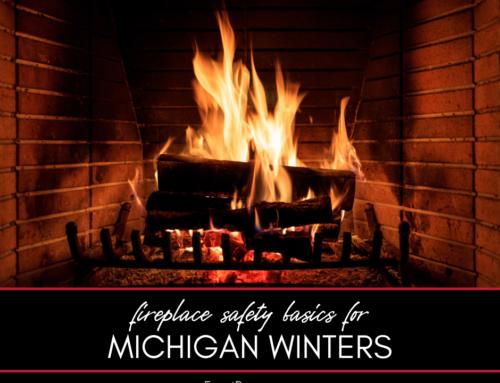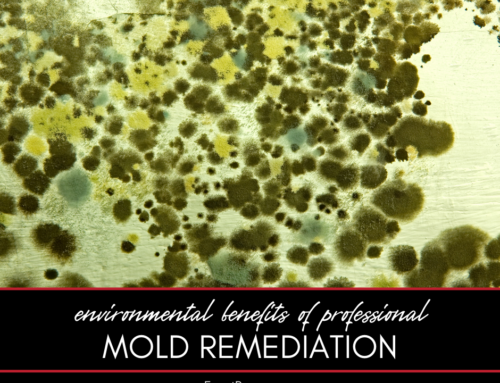Antique furniture holds significant sentimental and financial value, making it important to understand how to restore it effectively after smoke and fire damage. Unlike modern pieces, antique furniture often requires specialized care to protect its finishes, materials, and delicate details. This guide provides steps to assess, clean, and restore antique furniture, as well as when to seek professional help for more extensive restoration needs.
Restoring Antique Furniture After Smoke and Fire Damage
Antique furniture restoration after fire damage requires careful handling, as these pieces may be more sensitive to heat, smoke, and water than newer items. Restoration focuses on preserving original details while removing soot, stains, and odors left behind by fire. This guide explains the following:
- Assessing smoke and fire damage in antiques
- Cleaning smoke and soot from antique finishes
- Addressing structural and odor issues
- Protecting finishes and materials
- Seeking professional restoration services
Here’s a closer look at each.
Assessing Smoke and Fire Damage in Antiques
Before attempting any restoration, examine each piece for the type and extent of damage. Smoke and soot often affect surfaces, but heat from a fire can warp or weaken wooden frames and intricate details in antiques. Look for the following:
- Surface Damage: Soot and smoke residue can cover surfaces, creating stains and discoloration.
- Structural Issues: Heat exposure may weaken glue joints, causing instability. Check for loosened joints, especially in chairs, tables, or cabinets.
- Odor: Smoke odors can be deeply embedded in the wood or upholstery, requiring specific treatments for odor removal.
For an accurate assessment, it’s often helpful to consult a professional restorer familiar with antique furniture, who can identify areas requiring careful attention to avoid further damage.
Cleaning Smoke and Soot from Antique Finishes
Cleaning antiques involves gentle methods to protect original finishes, which may be fragile. Always start with the least invasive methods before progressing to stronger cleaning solutions.
- Dry Cleaning: Use a soft, dry cloth or natural bristle brush to gently wipe away loose soot. For intricate areas, a dry sponge or a soft, clean brush can reach into carvings and details.
- Vacuuming: A vacuum with a brush attachment can be used on a low setting to remove soot particles, but avoid directly touching the surface to prevent scratching.
- Gentle Cleaners: For more persistent soot stains, try a mild solution of distilled water and pH-neutral soap on a soft cloth. Dab gently rather than scrubbing, and dry immediately with a soft cloth.
- Avoid Harsh Chemicals: Avoid bleach, ammonia, or any strong solvents, as they can damage antique finishes. Instead, consult a professional for delicate materials.
To safely remove heavy smoke residue from valuable antiques, it’s wise to consult a professional who specializes in antique restoration, as some stains may require special solutions.
Addressing Structural and Odor Issues
Smoke odors and structural damage require specific approaches. Removing odors is often challenging in antique furniture, as smoke can penetrate deeply into wood and fabric.
- Odor Removal: Natural deodorizers like baking soda can be placed in closed drawers or compartments to absorb odors. Activated charcoal is another effective odor absorber. For severe smoke odor, ozone treatment, which neutralizes odor molecules, may be necessary; however, this treatment is best done by professionals to avoid damage.
- Reinforcing Joints: Check all joints and connections for stability. Loose or weakened joints may need re-gluing with suitable wood glue for antiques. Avoid over-tightening screws, as antique wood is more likely to crack under pressure.
- Reupholstering: If upholstery has been damaged, it may need to be replaced. Salvaging antique upholstery is often challenging, but a professional restorer can recommend period-appropriate materials to match the original style.
Proper ventilation in the restoration area can also help reduce lingering smoke smells and expedite the process.
Protecting Finishes and Materials
Restoring finishes and protecting materials is key to preserving antique furniture’s aesthetic and structural integrity. Once smoke and soot are removed, protecting the finish can prevent further damage.
- Polishing: Use a wax-based polish to protect wooden surfaces after cleaning. Avoid oil-based products, as they may attract dust and further damage delicate finishes.
- Avoid Excess Moisture: Moisture can damage wood fibers and cause swelling, so always limit exposure to water during cleaning.
- Maintain Stable Conditions: Antiques are sensitive to humidity and temperature fluctuations. Avoid placing restored pieces near heating vents, windows, or areas with high humidity.
Applying a gentle wood conditioner after cleaning can enhance the furniture’s appearance and provide a layer of protection.
Seeking Professional Restoration Services
If the damage is extensive or if your antiques require intricate restoration, a professional restorer is often the best option. Restoration experts have the skills and tools to preserve unique finishes, carvings, and structural details.
- Specialized Cleaning: Professionals use specific techniques to remove stubborn soot, smoke stains, and odors without harming fragile finishes.
- Structural Repairs: A trained restorer can reinforce loose joints, replace damaged sections with period-appropriate materials, and stabilize the piece.
- Deodorizing Treatments: Professionals may use techniques like ozone treatment or enzymatic solutions for deep odor removal.
Hiring a restoration specialist ensures that your antique furniture receives careful attention, protecting its historical and sentimental value.
FAQ About Restoring Antique Furniture After Smoke and Fire Damage
Check out these commonly asked questions about restoring antique furniture after smoke and fire damage. If you don’t see the answers you’re looking for here, please call our office and we’ll find you the answers you need.
How Soon Should I Begin Restoring My Antiques After a Fire?
It’s best to start restoration as soon as possible after the fire, especially for cleaning off soot and smoke residue, which can worsen over time. Waiting too long may cause deeper stains or odors that are harder to remove.
Can I Clean Antique Furniture with Regular Household Cleaners?
No, household cleaners may damage antique finishes. Avoid harsh chemicals, and instead, use mild, pH-neutral cleaners or seek professional assistance for delicate pieces.
What’s the Best Way to Remove Smoke Odor from Antique Wood?
For light odor, place activated charcoal or baking soda in enclosed areas like drawers. For deeper smoke penetration, consider professional ozone treatment, which neutralizes smoke molecules without damaging the wood.
Can Smoke and Soot Cause Permanent Damage to Antiques?
Yes, smoke and soot can cause permanent stains and corrosion if not treated promptly. Cleaning with appropriate methods can often prevent permanent damage, but extensive exposure may still leave lasting effects.
When Should I Contact a Professional Restorer?
Contact a professional if the antique piece has structural issues, extensive soot coverage, or persistent smoke odor. Professionals have specialized techniques and tools to restore delicate or high-value antiques safely.
Do You Need a Disaster Remediation Expert in Washtenaw County or Jackson County?
If your home has already been damaged, we can help. Check out our services and call 734-352-9183 for your free disaster remediation quote today. We offer:
- Water damage restoration
- Fire damage restoration
- Mold removal and remediation
- Fire and smoke restoration
- Sewer cleanup and disinfecting
- Reconstruction
- Wind and storm damage repair

